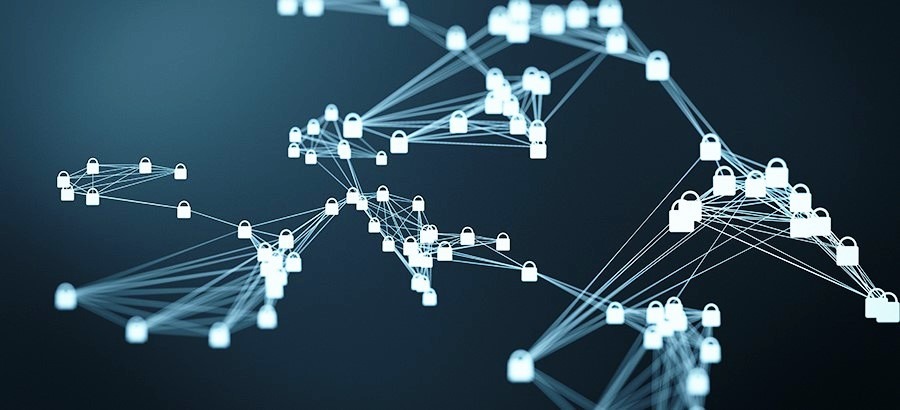🕵️♂️Get Up to 80% Off On All Products, StaySharp⚡
Upgrade to TLS 1.2 and 1.3: Essentials for Modern Cybersecurity 2024
Discover why upgrading to TLS 1.2 and 1.3 is crucial for modern cybersecurity. This article explains the benefits of improved encryption, Perfect Forward Secrecy, and reduced latency. Learn how these protocols mitigate vulnerabilities and meet regulatory standards, ensuring compliance and future-proof security. Upgrade now to protect against evolving threats.
CYBERSECURITY
Phillemon Neluvhalani
7/17/20242 min read


In Today's interconnected world, ensuring the security of data transmission over the internet is more crucial than ever. Transport Layer Security (TLS) is the protocol that underpins this security by encrypting data, ensuring privacy, and maintaining data integrity between servers and clients. As cybersecurity threats evolve, so too must the protocols that protect our data. This makes the transition to TLS 1.2 and TLS 1.3 imperative, moving away from older versions like TLS 1.0 and 1.1. Here's why:
Enhanced Security Features
1. Improved Encryption Algorithms:
- TLS 1.2 and 1.3 support stronger encryption algorithms compared to their predecessors. Older versions, such as TLS 1.0 and 1.1, use cryptographic algorithms that are now considered weak and vulnerable to attacks. TLS 1.3, in particular, eliminates outdated and insecure algorithms, focusing solely on modern, secure options.
2. Perfect Forward Secrecy:
- Both TLS 1.2 and TLS 1.3 support Perfect Forward Secrecy (PFS), which ensures that session keys cannot be compromised even if the server's private key is. This is a critical enhancement in preventing data from being decrypted retrospectively in the event of a key compromise.
3. Reduced Latency:
- TLS 1.3 significantly reduces handshake latency by simplifying the process, allowing faster secure connections. This performance boost is crucial for enhancing user experience without sacrificing security.
Mitigation of Known Vulnerabilities
1. Protection Against Protocol Downgrade Attacks:
- Older versions of TLS are susceptible to downgrade attacks where an attacker forces the connection to use a less secure version of the protocol. TLS 1.2 and 1.3 include mechanisms to prevent such attacks, ensuring connections are as secure as intended.
2. Elimination of Vulnerabilities:
- TLS 1.0 and 1.1 are known to have multiple vulnerabilities, including susceptibility to BEAST (Browser Exploit Against SSL/TLS) and other attacks. TLS 1.2 and 1.3 have addressed these vulnerabilities, providing a safer environment for data transmission.
Compliance and Industry Standards
1. Regulatory Requirements:
- Many regulatory bodies and industry standards now mandate the use of TLS 1.2 or higher for secure communications. For example, the Payment Card Industry Data Security Standard (PCI DSS) requires businesses to disable TLS 1.0 and use a more secure version.
2. Browser and Software Support:
- Major web browsers and software platforms have deprecated support for TLS 1.0 and 1.1. This means that continuing to use these outdated protocols can result in compatibility issues, affecting the accessibility and functionality of websites and applications.
Future-Proofing Security
1. Preparing for Post-Quantum Cryptography:
- While TLS 1.3 does not yet include post-quantum cryptographic algorithms, its streamlined design and focus on security set the stage for easier integration of such future enhancements. Staying current with the latest protocols ensures a smoother transition to future security technologies.
2. Encouraging Best Practices:
- By adopting TLS 1.2 and 1.3, organizations demonstrate a commitment to cybersecurity best practices, fostering trust with clients, partners, and stakeholders. This proactive approach to security helps in maintaining a strong defense against emerging threats.
The transition to TLS 1.2 and 1.3 is not merely a recommendation but a necessity in the modern digital landscape. Enhanced security features, mitigation of known vulnerabilities, regulatory compliance, and future-proofing are compelling reasons to move away from TLS 1.0 and 1.1. Organizations that prioritize the security of their data and communications must adopt these newer, more secure protocols to protect against the ever-evolving threats in the cybersecurity landscape.


